What the F*** Is In My Textiles?
Spoiler: That label doesn't tell you what you think it does.
Textile labels were designed for customs and taxation, not consumer transparency. Most treatments, chemicals, and even some fibers don't need to be disclosed—leaving you uninformed about what's actually touching your skin.
When I first started digging into textiles about 10 years ago, I assumed that the label on a piece of clothing or bedding worked like a food label. I thought it was there to inform the consumer — maybe even protect them. It didn't take long to realize: that label is one of the most misleading tools in the entire textile industry.
Let's break it down. Because once you understand how textile labeling actually works, it changes how you see every product that touches your skin.

Labels Are for Customs, Not Consumers
Here's the first thing no one tells you: textile labels weren't created for transparency. They were created for taxation and import control. That's why they list:
- 🧵 Fiber content
- 🌏 Country of origin
- 🏭 Manufacturer or brand
- 🧼 (Optionally) washing instructions
But none of that tells you what really matters — especially if you're dealing with chemical sensitivities, allergies, or chronic skin conditions.
The 5% Loophole
Labels are only required to disclose the main fiber. If something is less than 5% of the total fabric content, it doesn't need to be listed at all. That means your "100% cotton" shirt might actually contain polyester, elastane, or treated threads — and you'd never know.
And it gets worse.
Treatments Aren't Listed. At All.
Think about this: when you cook, you know what the ingredients are. But in textiles, there's a false distinction between "fiber" and "treatment."
Dyes, softeners, wrinkle-resistant coatings, anti-odor finishes, flame retardants — none of these have to appear on the label. Even if they make up a major portion of the fabric by weight.
Take dye, for example. In our industry, it's totally normal for dyes to make up 10–20% of the total weight of the final product. But they're treated as invisible.
Worse still: most synthetic dyes are actually plasticizers — meaning they literally plasticize the fiber. So your "natural," "organic" cotton sheet might be wrapped in a thin layer of plastic. Still 100% cotton? Legally, yes. Truthfully? Absolutely not.

Mislabeling Isn't a Crime
You'd think, given all of this, that mislabeling would at least carry some penalties. It doesn't. The worst-case scenario is that the company gets a polite letter from the FTC asking them to "do better next time."
- ❌ No fines.
- ❌ No recalls.
- ❌ No responsibility.
This is how greenwashing flourishes — and how consumers trying to avoid synthetic materials end up with rashes, headaches, or worse.
So What Can You Actually Trust?
A few tools, with caveats:
- 🏷️ OEKO-TEX® STANDARD 100
Tests the final product for known harmful substances. It's helpful, especially for people with MCS, but limited — it tests for a few hundred chemicals out of the 10,000+ used in textile production. - 🌱 GOTS (Global Organic Textile Standard)
Focuses on the supply chain and restricts what can be used during processing. It's a solid certification, but it doesn't test the final textile itself. So it tells you about the process, not the product you're sleeping on.
Both are useful — but both have limits. And sadly, both can be sidestepped by manufacturers who know how to play the system.
What We Do at AIZOME
Since you're here, you might be wondering what we do differently. And I'll tell you, not as a pitch — just to show that there is another way.
At AIZOME, we don't rely solely on certifications. We go beyond them. We only work with a short list of trusted partners, and we know exactly what goes into every fiber, every step of the way. We use organic and regenerative cotton, plant-based medicinal dyes like indigo, and no synthetic treatments, ever. No plasticizers. No petroleum-based anything.
And about the label?
We don't use one.
That's right — you won't find a sewn-in label on any AIZOME product. Why?
Because our customers include people with extreme chemical sensitivities — including Multiple Chemical Sensitivity (MCS), eczema, and sensory-processing conditions. And for many of them, even the label — the ink, the stitching, the edge — causes discomfort or reactions.
But here's the part I'm proud of: We worked with the FDA to make this official. AIZOME is a FDA-registered medical device manufacturer, and we provided research and documentation showing that traditional labels can cause harm. That's why we're the only textile product in the FDA medical device database with no internal label — just clean, safe fabric.

Final Thoughts
Textile transparency is broken. That's not your fault — but once you know, you can start making better choices.
What You Can Do: Smarter Textile Choices
- 👃 Trust your senses: if it smells like plastic or feels slick, it probably is.
- 🧼 Wash new textiles at least twice — chemicals come out slowly over time.
- 🧐 Be skeptical of "natural" and "organic" claims — unless they're backed up by real transparency.
- 🌿 Look for undyed or plant-dyed materials whenever possible.
And if a brand isn't willing to tell you what's really in their products — maybe that's your answer right there.
Thanks for reading. Stay curious, stay skeptical, and take care of your skin — it's your largest organ, after all.
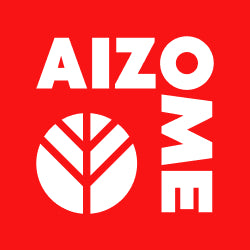
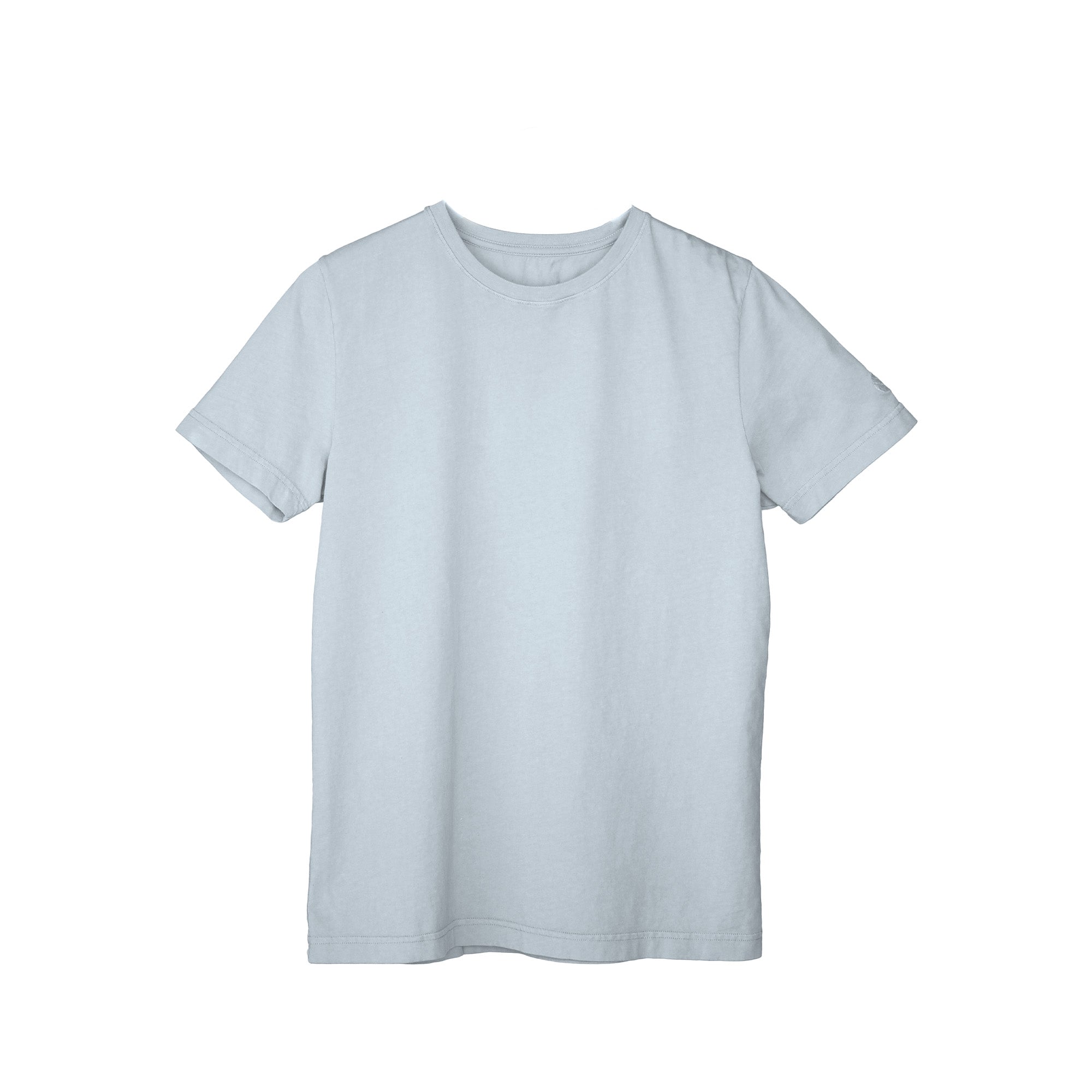

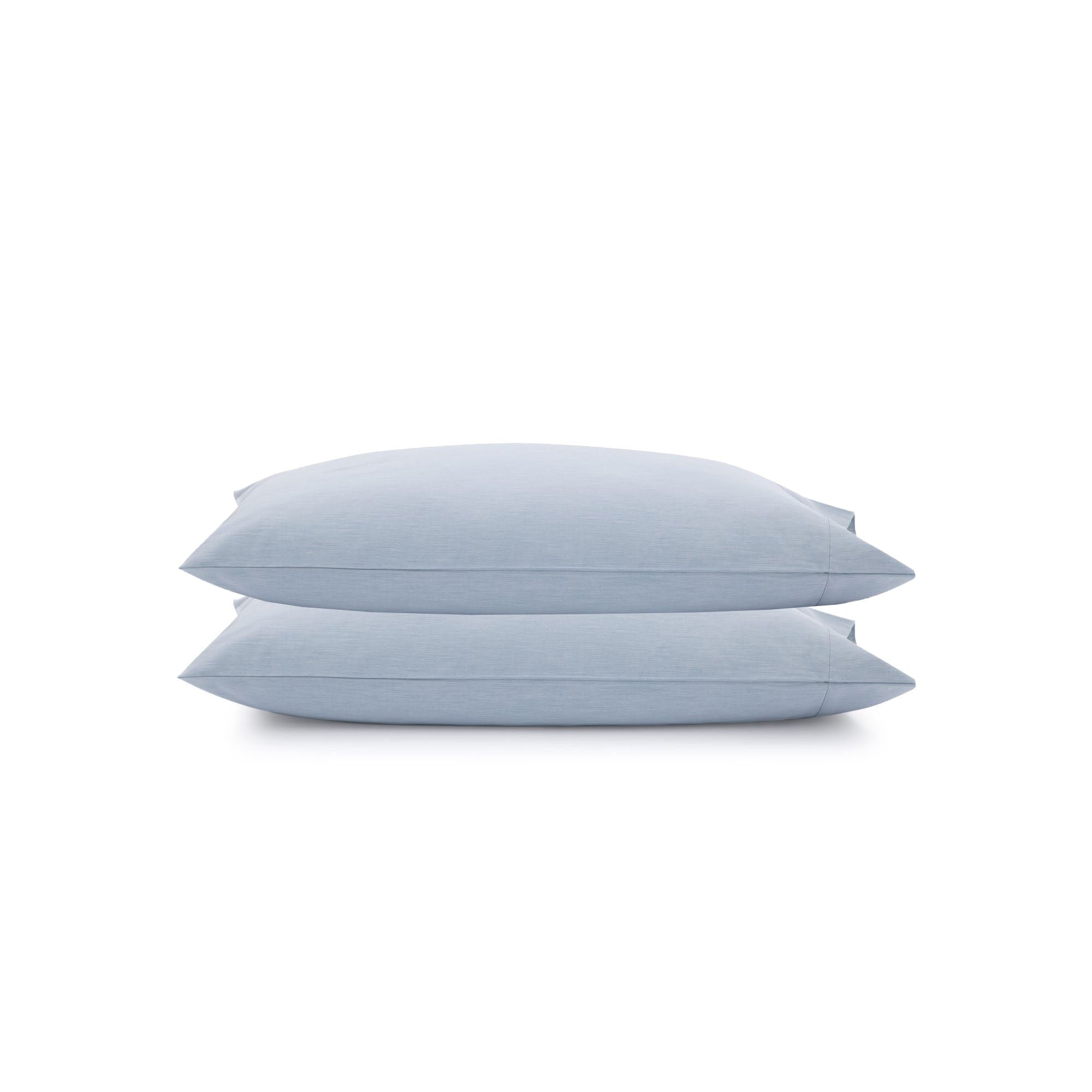
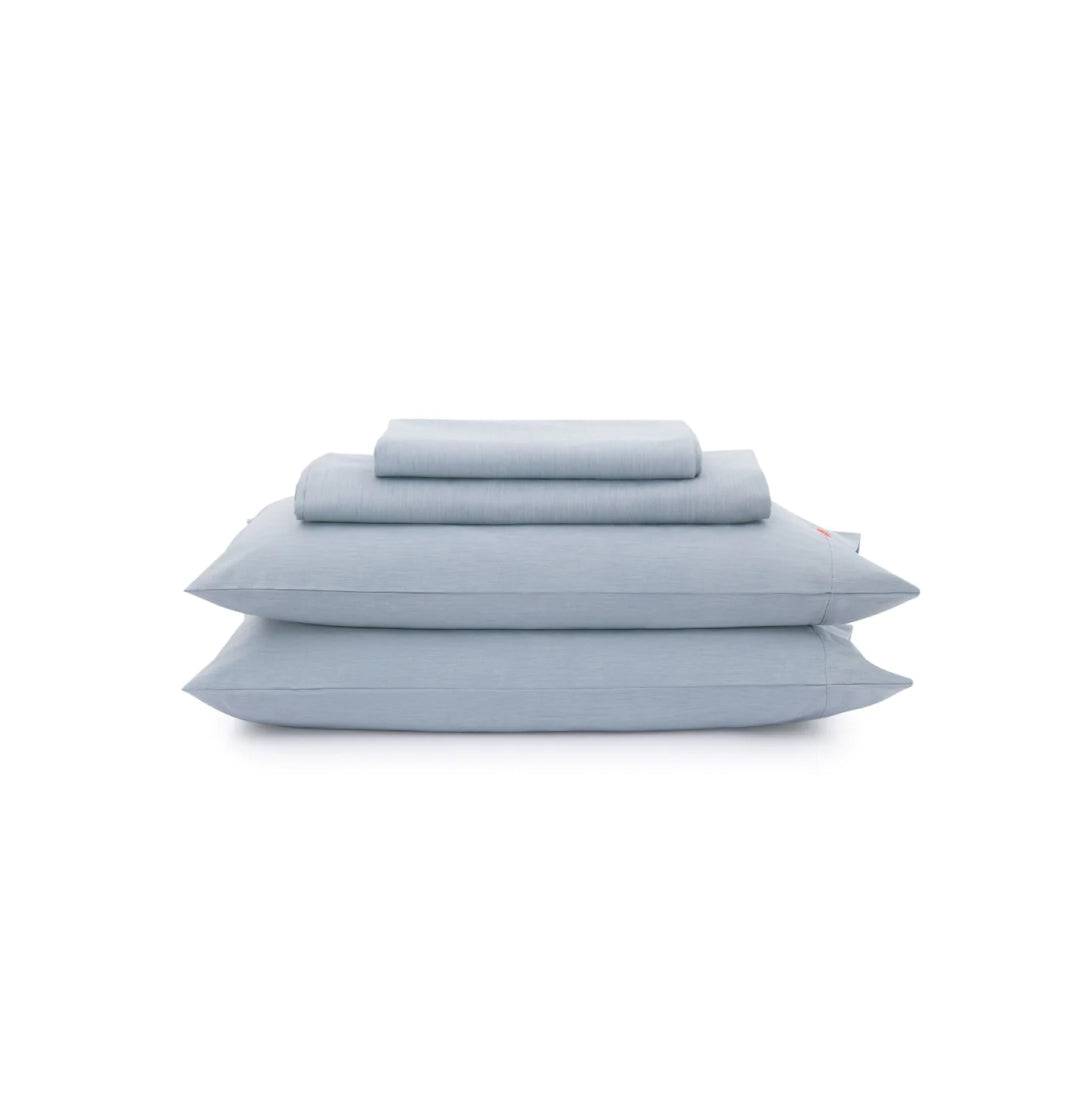
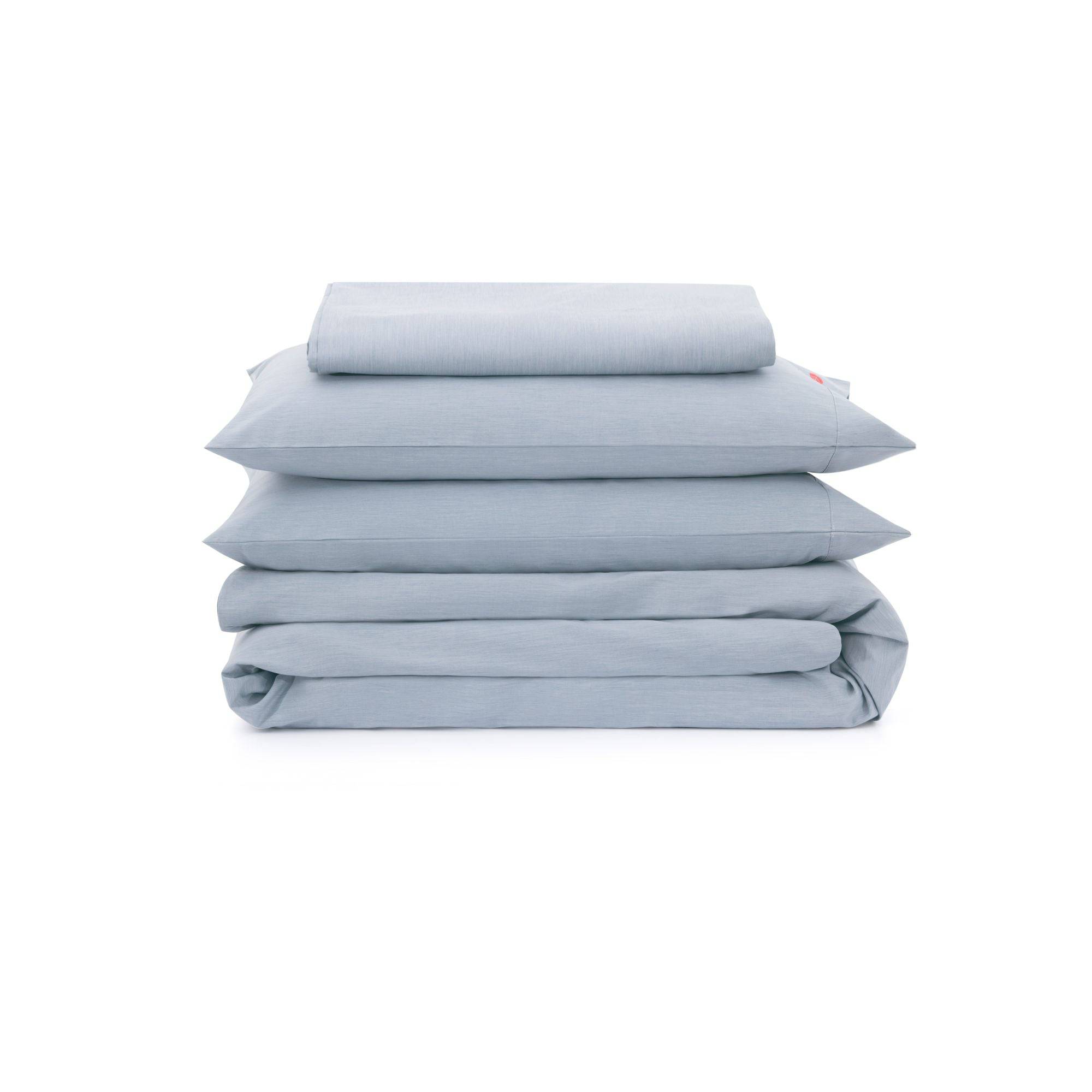
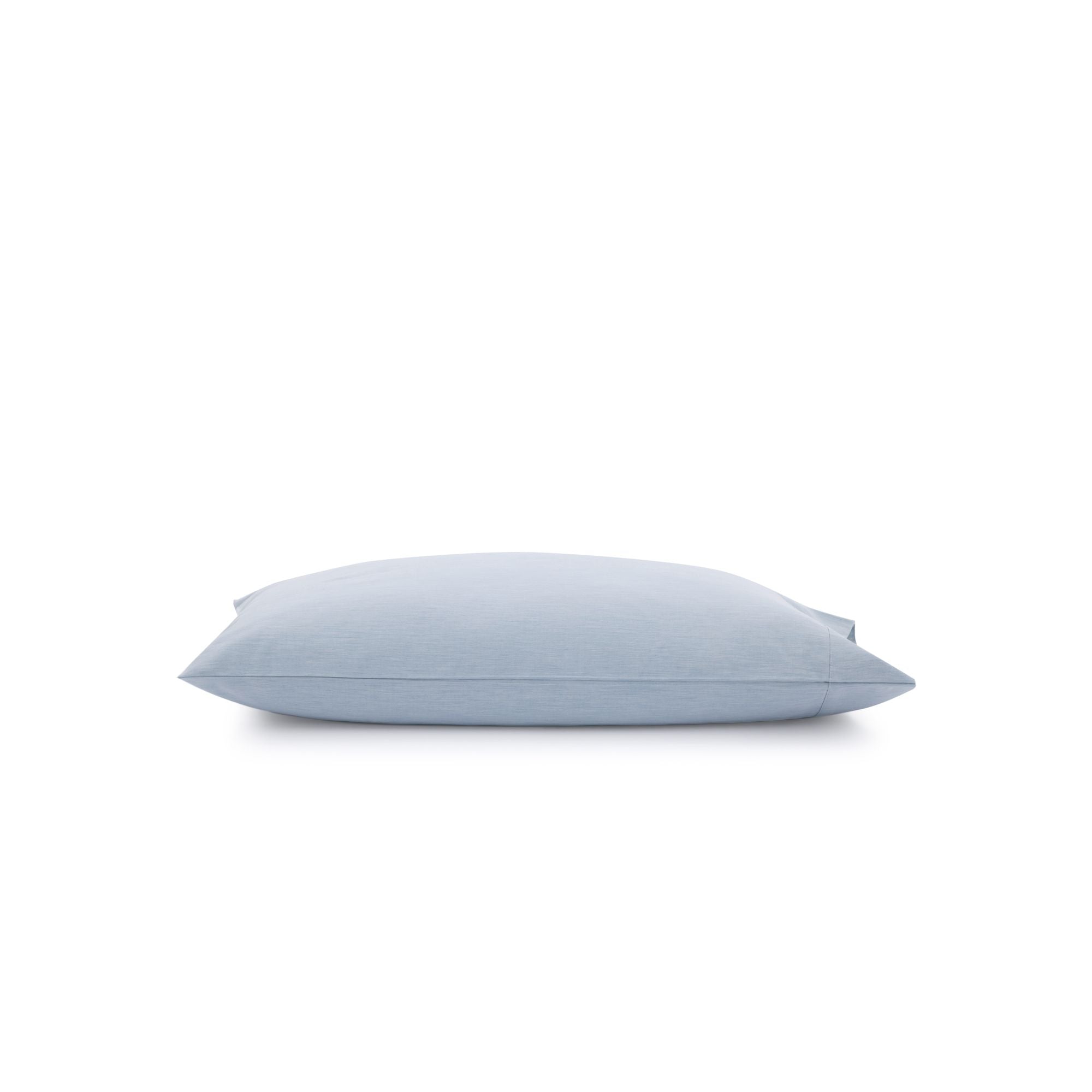
 Bedding
Bedding
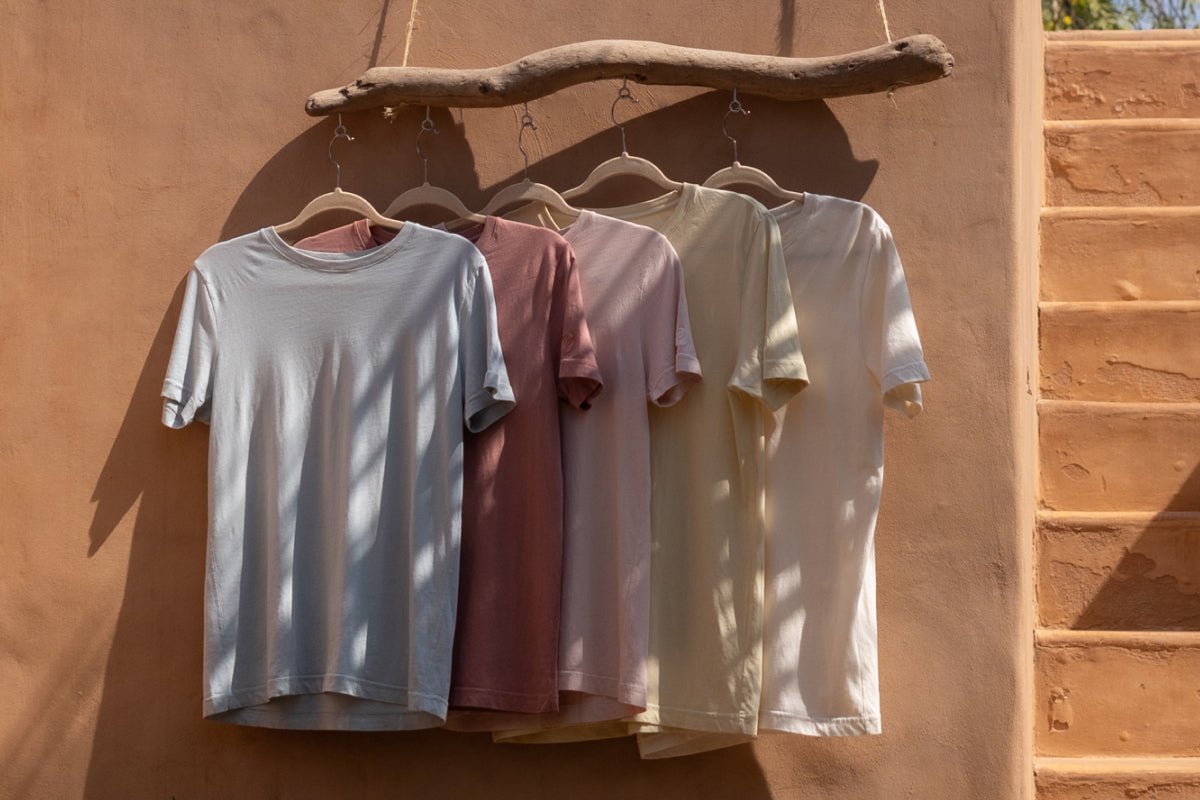 Clothing & Accessories
Clothing & Accessories
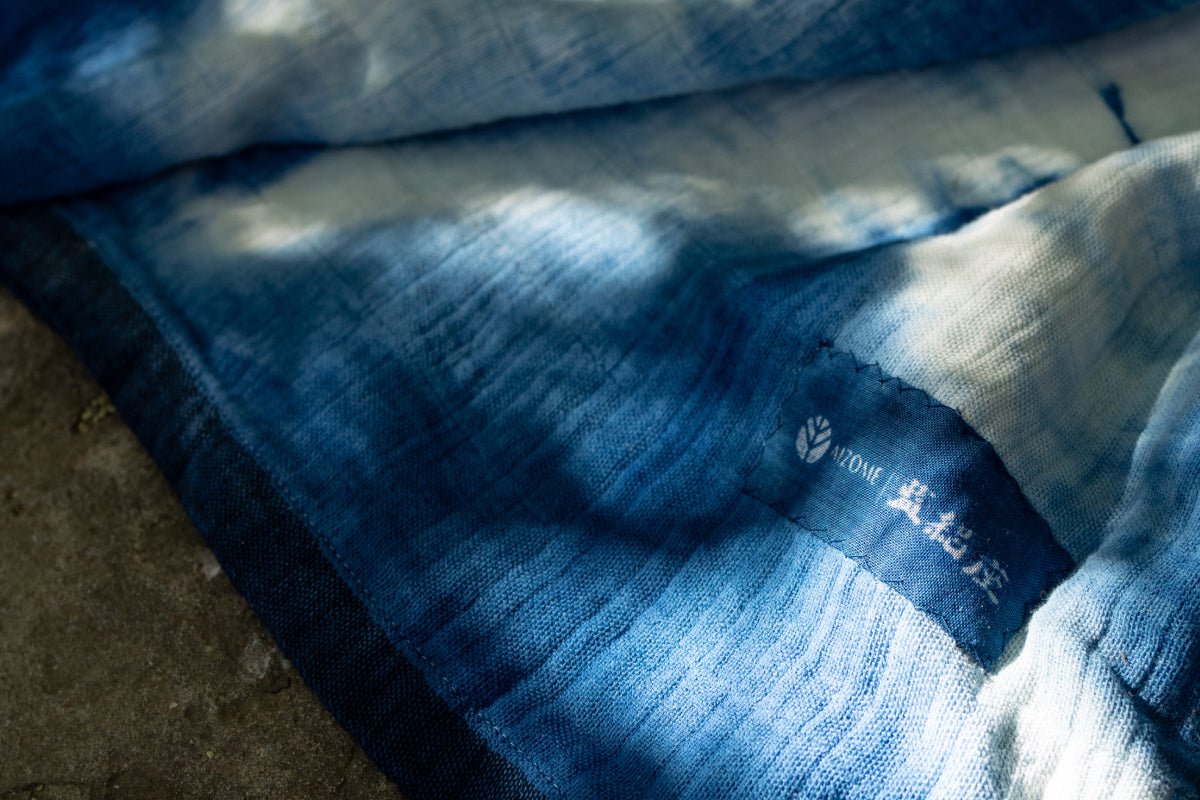 Artisan Line
Artisan Line
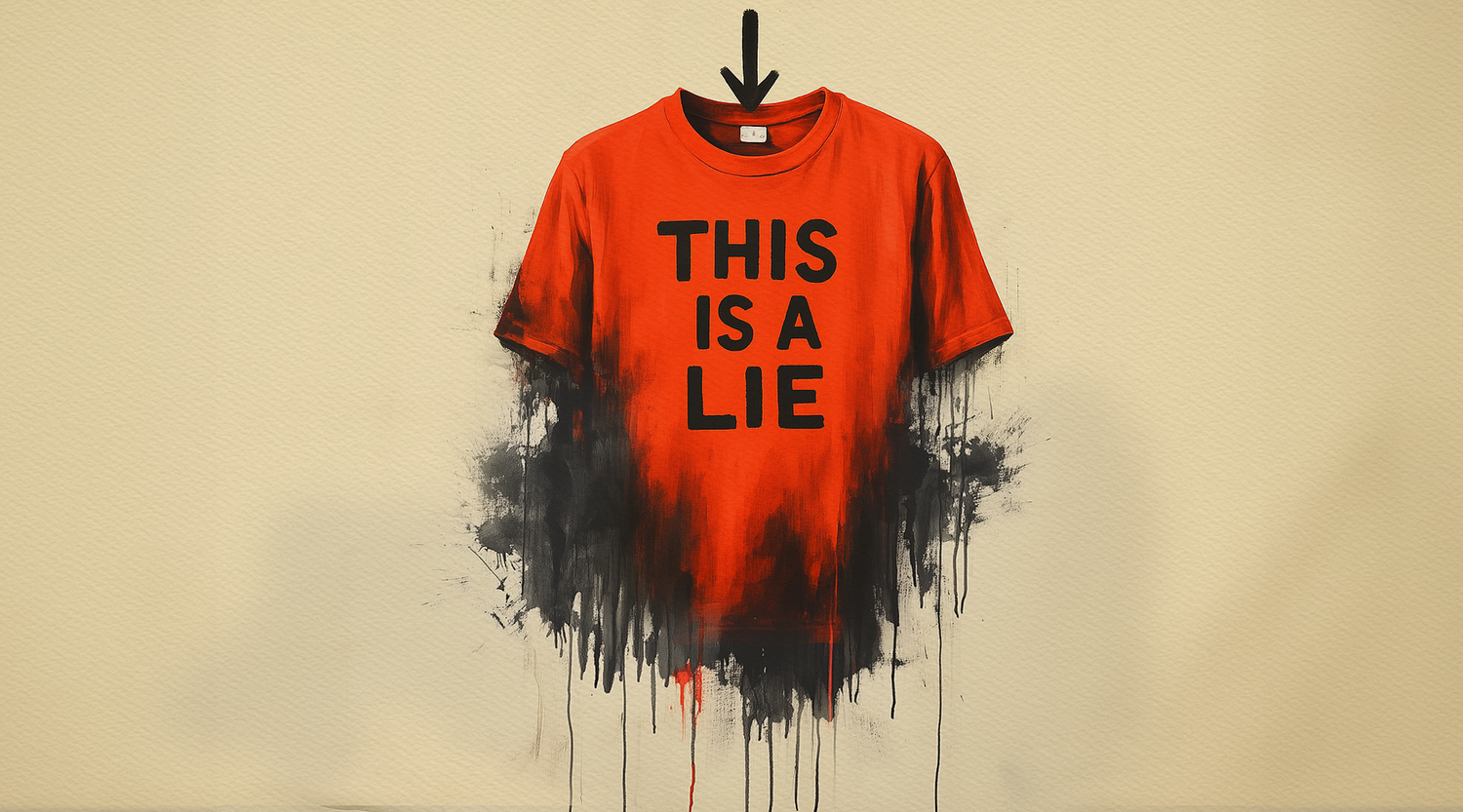



Leave a comment
All comments are moderated before being published.
This site is protected by hCaptcha and the hCaptcha Privacy Policy and Terms of Service apply.